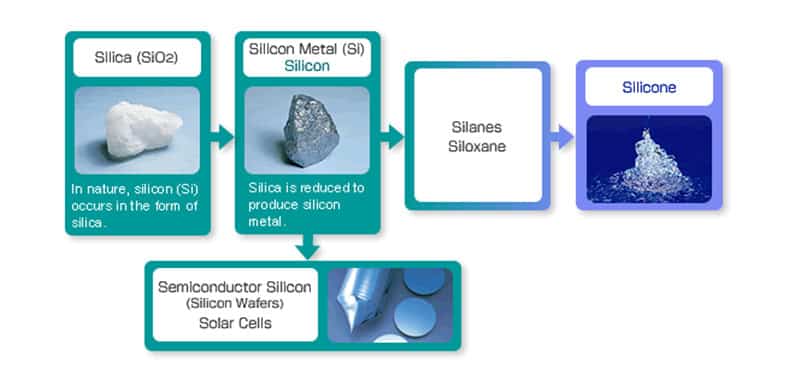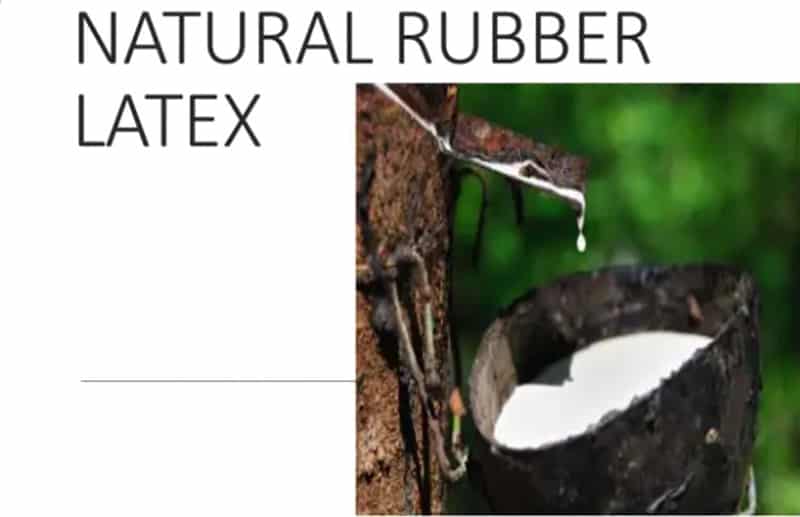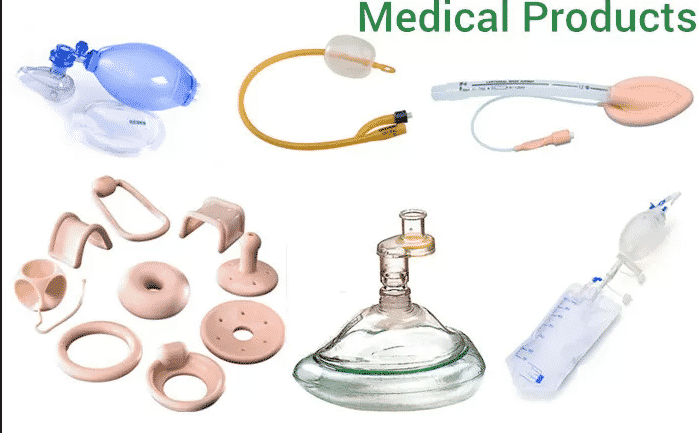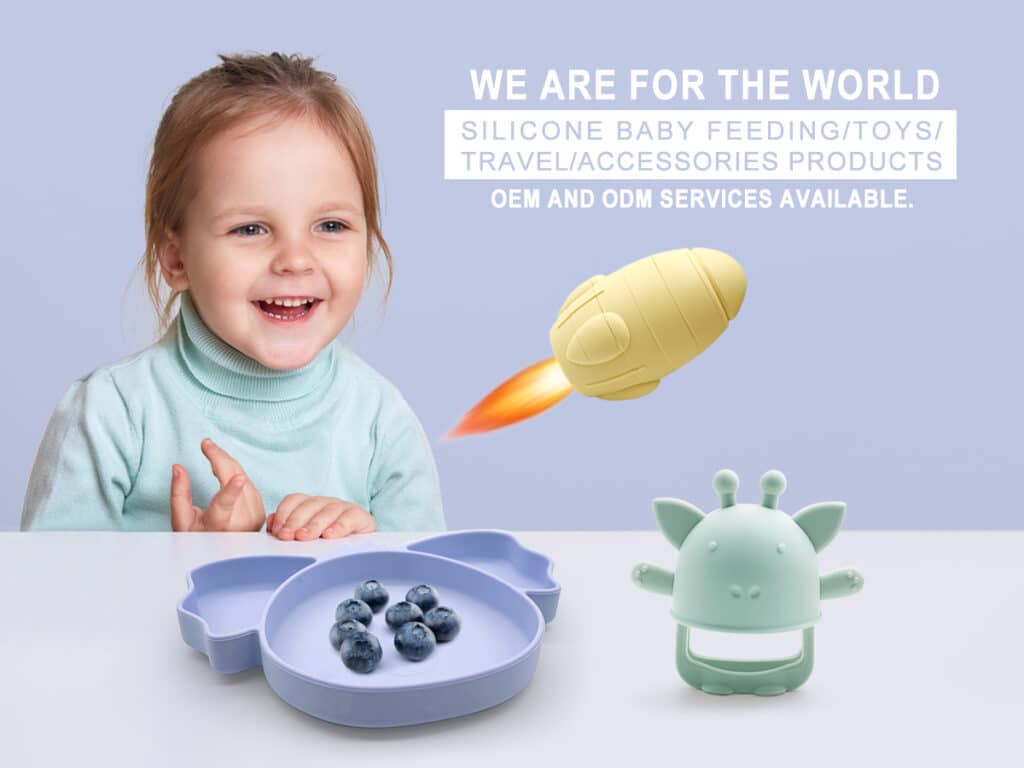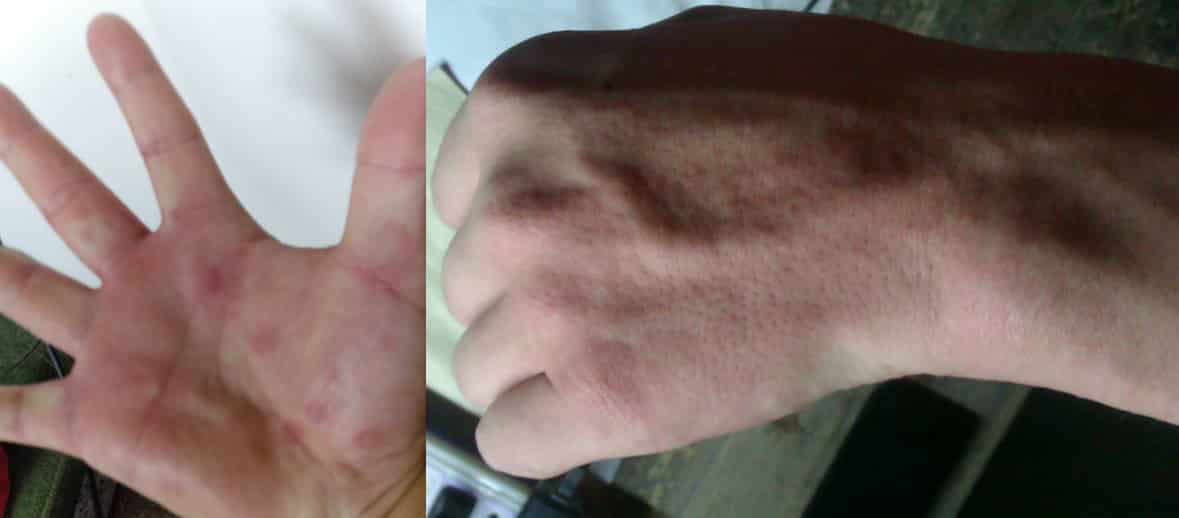
Is Silicone Safe For People Allergic To Latex?-Safety knowledge and material selection guide.
More and more people are concerned about whether common materials in life can cause allergies. Especially for people who allergic to natural latex (Latex), it is more important to find alternative materials that are truly less likely to cause immune responses. Silicone is widely recommended as an alternative option for people with latex allergies because of its protein-free composition and strong chemical inertness. However, there are still details to pay attention to during selection and use. This article will provide the most practical silicone safety guide for people with latex allergies from the perspective of scientific principles, authoritative data, and user feedback.
What is the difference between latex allergy and silicone material?
Latex: Derived from natural rubber latex, contains protein, often causes immediate or delayed immune response, may cause urticaria, asthma or even anaphylactic shock
Silicone: Chemically synthesized polymer, does not contain latex protein, no Source allergenic component, not within the scope of immune response。
Latex and silicone are two different materials.Silicone is not Latex. They are not same. And silicone do not have latex inside. Silicone is latex free. if people are allergic to latex, it may safe to use silicone. It should depend on if they are allergic to silicone. silicone is hypoallergenic and Chemically stable. While silicone allergies are very rare, they can happen. This is especially the case if the silicone in the ring or product isn’t medical grade and lacks quality.
silicone safety concerns
What is Silicone?
Silicone is a man-made substance that contains various chemicals: hydrogen, oxygen, carbon, and silicon, which is a natural elements.
Silicone is a type of polymer known as an “elastomer” – these polymers are stretchy or elastic. For many applications,silicone is the best choice for used. Especially in the filed of silicone medical products, silicone food grade products such as silicone baby products.
Silicone is an industrially manufactured hypoallergenic, odorless, and taste-neutral material that is known for its purity. It is 100% free of harmful and endocrine-disrupting ingredients such as BPA, PVC, and phthalates. The smooth transparent nipple is not as soft as natural rubber latex, but it retains its shape, does not age, and can withstand high temperatures.
So, the silicone No latex protein, so no risk of latex allergy;
Widely used in clinical practice: such as medical catheters and baby pacifiers are launched on the market, with high safety
Good user experience: high temperature resistance, antibacterial, easy to clean.
Potential disadvantages:
Some non-medical grade products may contain cross-linking agents or additives, which may cause very rare contact dermatitis;
Extremely rare cases of silicone allergy: As Honeyju suggests, there is a possibility of cross-irritation.
What is Latex?
Natural Rubber latex is a natural material made from a sticky milky fluid tapped from the Hevea tree. The fluid is refined to the brown/yellow rubber you know from your pacifiers; a super soft, elastic, and resilient material very much resembling the mother’s soft nipple.
The natural material comes with a natural aging process affected by natural influences like UV-light, air, saliva, and heat. The elasticity of the material allows the nipple to change shape and size because of the baby’s strong vacuum, this means that the nipple in some cases can expand if it is not replaced in time.
Does silicone contain latex?
Silicone does not usually contain latex. Silicone and latex are two different materials. Silicone is a synthetic polymer made of silicon-oxygen compounds, while latex is made from the sap of natural rubber trees. They have different chemical structures and properties, so you will not generally find latex in silicone products.
Silicone is usually a safe alternative for people who are allergic to latex.
Although some silicone products may use additives containing latex during the production process, this does not mean that the silicone product itself contains latex ingredients. These additives are used to improve certain properties of silicone products, such as improving adhesion and reducing friction. Therefore, some products may have the risk of cross-contamination, so it is best to confirm the product’s ingredient label before use.
The difference between silicone and latex?
Silicone and Latex are very different and have great properties. Natural rubber latex is a natural material, whereas silicone is an industrial material. The silicone we use in our pacifiers is food-grade silicone, which is 100% free of harmful and endocrine-disrupting ingredients such as BPA, PVC, and phthalates.
And Allergy Silicone is an allergy-friendly material, so if you have a latex allergy in the family, you should choose silicone.
The raw material
Silicone, It is a synthetic polymer composed of silicon-oxygen compounds,also known as silicone rubber, is a polymer compound formed by alternating silicon and oxygen atoms. It has excellent high temperature resistance, oxidation resistance, acid and alkali resistance, and is widely used in medical, food, electronics and other fields.
Latex is a natural rubber that mainly comes from the latex of rubber trees. It has good elasticity and wear resistance and is widely used in industrial products such as tires, hoses, and rubber shoes.
Chemical structure
The chemical structure of silicone is composed of alternating silicon and oxygen atoms, which has good high temperature resistance and chemical stability.
Latex is composed of natural polymers such as polyisoprene, which has excellent elasticity and wear resistance.
Application areas
Silicone is widely used in medical, food, electronics and other fields due to its biocompatibility and high temperature resistance. Latex is mainly used in industrial products such as tires, hoses and rubber shoes.
Silicone Kitchen Products solution
Allergic reactions
Silicone is generally regarded as a safe alternative for people who are allergic to latex because it does not contain latex ingredients. Latex may cause allergic reactions in some people
The latex allergic
Latex allergy is a medical term encompassing a range of allergic reactions to the proteins present in natural rubber latex. Latex Allergy generally develops after repeated exposure to products containing natural rubber latex.
Latex allergy may cause itchy skin and hives or even anaphylaxis, a potentially life-threatening condition that can cause throat swelling and severe difficulty breathing. Your doctor can determine if you have a latex allergy or if you’re at risk of developing a latex allergy.
If you’re allergic to latex, you’re likely to have symptoms after touching latex rubber products, such as gloves or balloons. You can also have symptoms if you breathe in latex particles that are released into the air when someone removes latex gloves.
Latex allergy symptoms range from mild to severe. A reaction depends on how sensitive you are to latex and the amount of latex you touch or inhale. Your reaction can become worse with each additional latex exposure.
The silicone allergic
While silicone allergies are very rare, they can happen. This is especially the case if the silicone in the products or product isn’t medical grade and lacks quality.
Often, allergies to silicone are actually allergic reactions to other materials or contaminants that have been used in the production of silicone.
Silicone Allergies: Despite being made of natural materials, some people might still experience irritation and an allergic reaction when they wear silicone rings. Common signs of a silicone allergy include:
Red rash, Swelling, Itchy or irritated skin, Swelling in the hands, legs, or other body parts, Eye infection (itchy, watery eyes), Nausea, Throat swelling, Difficulty breathing.
silicone vs latex allergy
The difference between silicone and latex allergies lies mainly in the different allergens. Silicone allergies are usually caused by allergic reactions to the silicone material itself, while latex allergies are allergic reactions to latex components.
Allergic symptoms Silicone allergy: The main manifestations are wheals and papules of varying sizes on the skin, accompanied by conscious itching. In severe cases, anaphylactic shock, gastrointestinal symptoms (such as nausea, vomiting) and respiratory symptoms (such as dyspnea) may occur.
Latex allergy: Common symptoms include skin itching, erythema, papules, etc., and in severe cases, anaphylactic shock may also occur
Prevention and treatment Avoid contact: For silicone allergies, stop using any products containing silicone immediately and avoid contact with other substances that may cause allergies. For latex allergies, avoid using products containing latex, such as latex gloves and condoms
Drug treatment: Antihistamines such as cetirizine, loratadine, etc. can be used to relieve symptoms. For severe allergic reactions, corticosteroids may be required, but these drugs should be used under the guidance of a doctor
Is silicone safe for people allergic to latex?
There are people who experience allergies to latex rubber, but since silicone rubber is derived from a totally different ingredient (silica sand), just because you are allergic to latex does not mean you are also allergic to silicone rubber.
Who pay attention to Is Silicone Safe For People Allergic To Latex? What is the solution?
People who are allergic to natural latex (such as hospital staff, people who have undergone multiple surgeries, and rubber industry practitioners);
Manufacturers and purchasers of children’s products, medical products, and adult care products that require safe materials;
Brands that value material safety and product quality;
Individuals who are sensitive to cross-allergies and need to carefully select materials.

Where is it safer to use silicone?
Medical devices (such as catheters, surgical aids);
Baby products (pacifiers, teethers, and supplementary feeding utensils);
Personal care products (mask seals, condoms, and personal lubricant containers);
Daily household products (kitchen molds, gloves, and food contact parts).
How to choose safety silicone products?
Check the certification: confirm that the material is “medical grade” or “food grade”, such as FDA, USP VI / EU 10/2011;
Avoid cheap non-branded low-cost products, especially silicone without standard declarations;
Check the ingredient label to avoid latex additives;
Apply for a test report or conduct a skin test in the third parties in SGS or intertek if you are a brands before purchase.
More FAQ about Is Silicone Safe For People Allergic To Latex?
Q1: Will silicone cause other allergies?
A1: A very small number of non-medical grade products may contain residual additives, causing contact dermatitis. But pure silicone itself has almost no allergic risk
wolife.international
.
Q2: Does the label “Hypoallergenic” on silicone products guarantee safety?
A2: Most medical/baby grade silicones will be labeled with this regulatory term, but they still need to cooperate with batch testing and formal certification.
Q3: Is the silicone brush for washing pots safe?
A3: Food grade silicone is safe, and people with latex allergies can safely use kitchen silicone pot brushes, molds, etc.
Q4: Are silicone condoms safe?
A4: Medical grade silicone condoms are currently rare on the market, and most are made of polyurethane or polyisoprene. The latter two are more recommended for contraceptive functions and allergies.
Q5: Can surgical materials be replaced with silicone after discharge?
A5: Latex parts that are exposed to air can be replaced, but the implanted materials in the body still need to be determined by the doctor and must meet high biocompatibility standards.
Conclusion
silicone is the preferred alternative material for people with latex allergies, with clear safety advantages: it does not contain latex protein, has mature medical/food grade certification, has a good user experience, and does not burden health. However, due to the risk of cross-contamination of non-standard products on the market, it is recommended that people with allergies give priority to well-known brands, check test reports, and verify applicability when purchasing. So, if people are allergic to latex, it may safe to use silicone. Silicone allergies are very rare. But they may happen. It depends on the silicone product quality and material. Also, depending on your skin patch test. If you test its symptoms. You are not safe from silicone. If not, you are safe to use silicone.
ZSR Group has rich experience in producing Custom silicone products with FDA or LFGB Approved standard.We have the FDA register list number is 3011147430.
Any Silicone products or Silicone project need technical support, you also can custom Silicone products at ZSR Group.
Technical Related
About Author: Z.S.R International Group
Z.S.R International Group(Hong Kong) co., Limited, is a one-stop supplier for molded silicone products and silicone products molding solution provider in the consumer products field. We offer OEM services from silicone product design to Silicone products contract manufacturing. We have the capability for custom silicone tooling, LSR(Liquid silicone Rubber) molded silicone products, solid silicone molded products, molded silicone multi-colored products. We also can custom molded silicone, custom molded LSR, custom molded dripping injection dispensing(co-injection) silicone multi-colored products.


